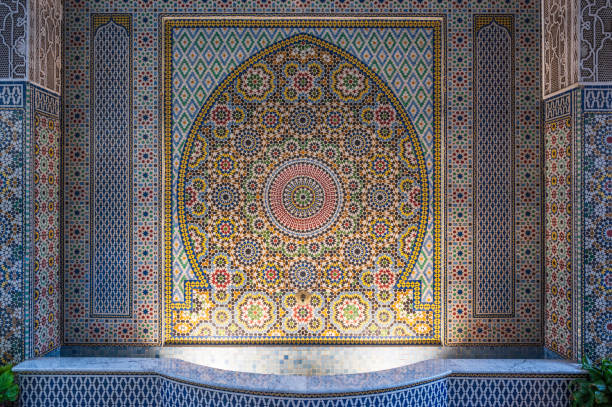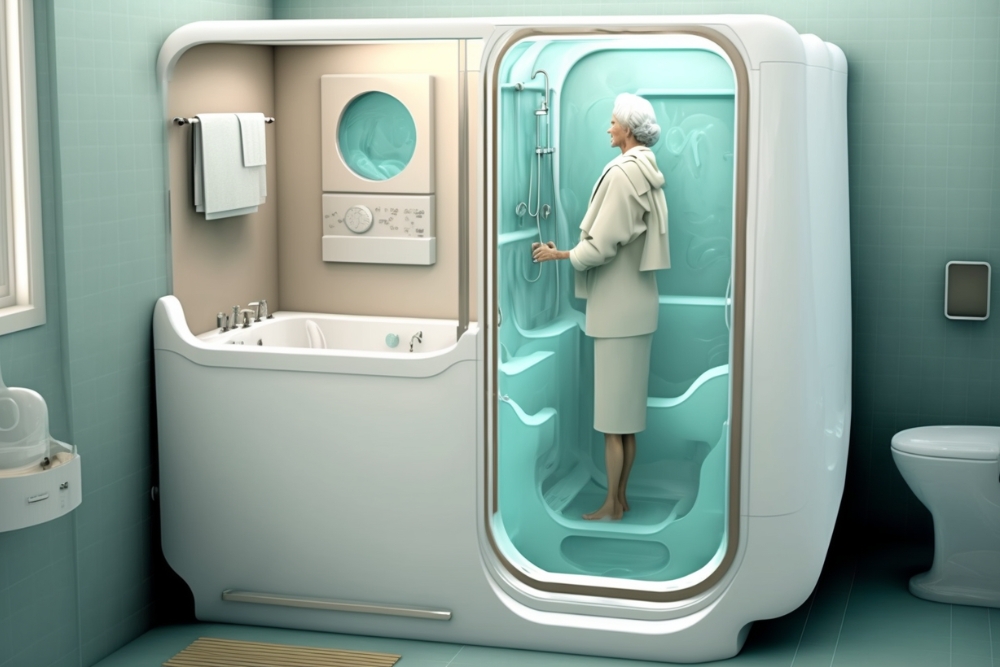"Transforming Spaces: The Influence of Moroccan Decor in Modern Home Styling"
Introduction: Imagine stepping into a room and being instantly transported to a Moroccan market, complete with vibrant colors, intricate patterns, and a hint of exotic allure. This is the impact of Moroccan decor, a style that is currently making waves in the world of interior design. This article explores the rise of Moroccan influence in modern home styling, its historical context, and practical applications in our daily living spaces.

Journey to the East: The Roots of Moroccan Decor
Moroccan decor is characterized by its rich cultural heritage, influenced by Arab, Berber, and European design elements. The style emerged from Morocco’s unique geographical location, at the crossroads of Africa, Europe, and the Middle East. This diversity is reflected in the eclectic mix of patterns, textures, and colors that define Moroccan decor.
The use of vibrant colors in Moroccan design, such as turquoise, gold, and coral, reflects the country’s natural landscape, from the Sahara desert to the Mediterranean Sea. The intricate patterns and motifs, meanwhile, are a testament to Morocco’s long-standing tradition of craftsmanship in pottery, weaving, and metalwork.
Modern Interpretations: Moroccan Decor in Today’s Homes
Today, Moroccan decor has been reinterpreted and integrated into contemporary home styling. One key development is the fusion of Moroccan elements with modern design principles, resulting in a style that is both exotic and sophisticated.
For instance, modern Moroccan living spaces often feature a simplified color palette, focusing on one or two key hues instead of the traditional riot of colors. This approach allows the intricate patterns and textures of Moroccan design to shine without overwhelming the space.
Practicality and Comfort: Living with Moroccan Decor
In terms of practicality, Moroccan decor offers a balance of aesthetics and functionality. Moroccan furnishings, such as ottomans and poufs, are not only visually appealing but also offer additional seating or storage space. Moroccan rugs, with their plush textures and intricate patterns, provide warmth and comfort underfoot while also acting as a focal point in a room.
Market trends also show a growing interest in Moroccan decor. According to a report by Market Research Future, the global home decor market is projected to grow at a CAGR of 4.9% during the forecast period of 2020 to 2025. This growth is fueled, in part, by the increasing consumer interest in culturally inspired decor, such as Moroccan style.
Making Moroccan Decor Accessible
Thanks to digital platforms, incorporating Moroccan decor into one’s home has never been easier. Online marketplaces offer a wide range of Moroccan-inspired items, from rugs and cushions to lanterns and mirrors. Interior design blogs and social media also provide a wealth of inspiration and practical tips on how to incorporate Moroccan elements into different types of living spaces.
The beauty of Moroccan decor lies in its versatility. It can be adapted to suit a variety of tastes and lifestyles, from the minimalist who appreciates the simplicity of a Moroccan Beni Ourain rug, to the maximalist who embraces the vibrant colors and patterns of Moroccan tiles.
Embracing the Moroccan Influence
In conclusion, the influence of Moroccan decor in modern home styling is a testament to the enduring appeal of cultural diversity in design. It offers a unique blend of history, craftsmanship, and aesthetic appeal, making it a style that is both trendy and timeless.
As we continue to explore new design trends and ideas, it’s important to remember that our homes are more than just physical spaces. They are a reflection of our personal style, our travels, and our experiences. And in this regard, Moroccan decor offers a rich tapestry of inspiration, inviting us to create living spaces that are as vibrant, diverse, and enchanting as Morocco itself.



